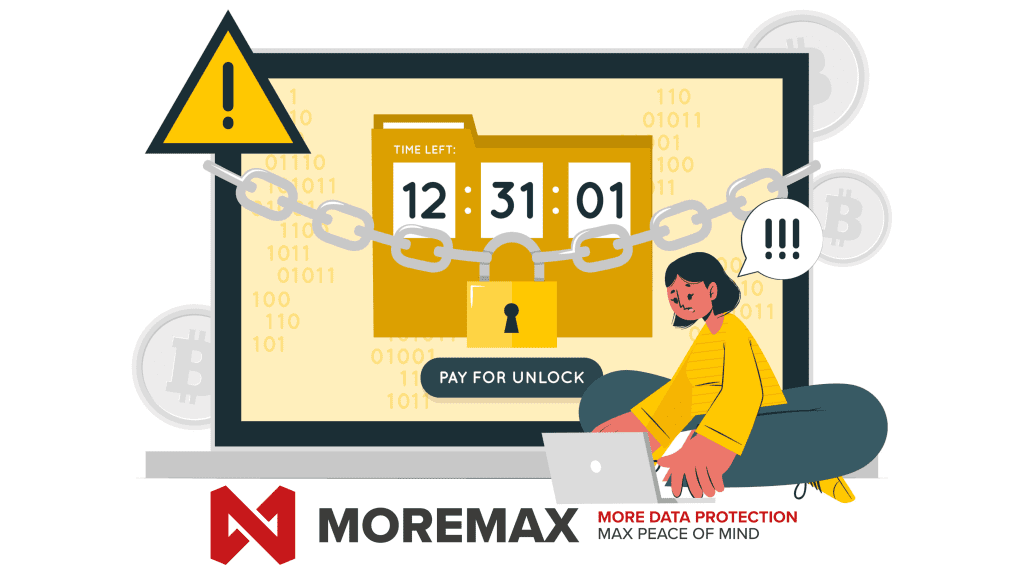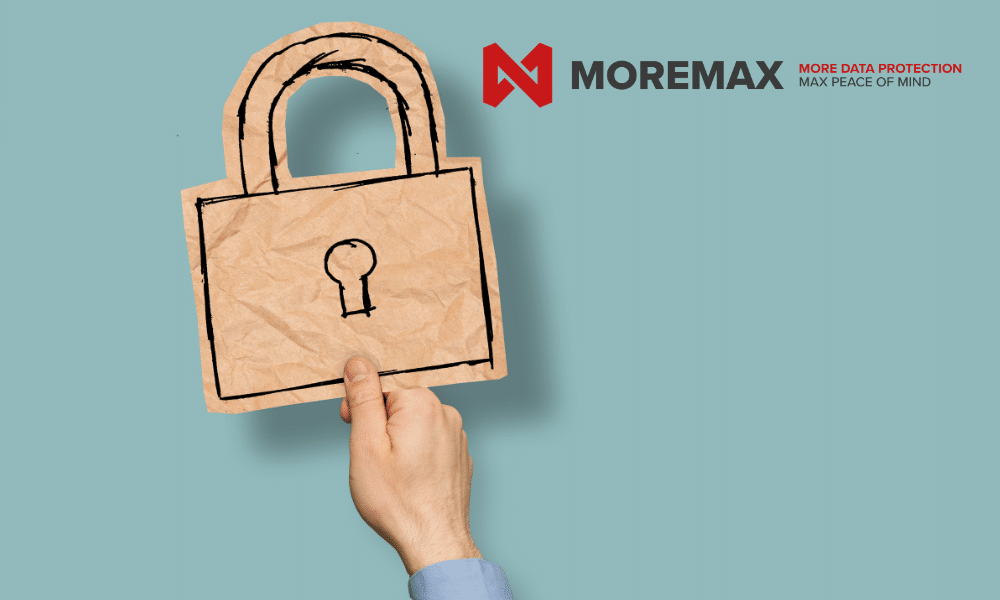Ransomware is a type of malware (a type of computer virus) that encrypts a victim’s files and demands a payment, usually in the form of cryptocurrency (example Bitcoin), in exchange for the decryption key. In recent years, ransomware attacks have become increasingly common and sophisticated, with attackers using a variety of tactics to evade detection and maximize their profits.

One trend that has emerged in the ransomware landscape is the use of “double extortion” tactics. In this type of attack, the attackers not only encrypt the victim’s files but also steal sensitive data from the victim’s network. Once the data has been stolen, the attackers will then threaten to publish the data publicly if the ransom is not paid. This creates an additional incentive for the victim to pay the ransom, as they are not only worried about losing access to their own files but also the potential damage to their reputation if the stolen data is made public.
Another evolution of Ransomware is focusing on the Business Process Disruption. Instead of Encrypting Data, the attackers are focusing on halting business operations by compromising the systems and software on which the business relies, this can have significant impacts on the normal functioning of the business, leading to major loss of revenues.
To make this scam even more powerful, “typosquatting” which is also known as URL hijacking. It is a technique used by cybercriminals to trick people into visiting a fake website that looks similar to a legitimate one and is often done by registering a domain name that is slightly different from a well-known website, such as by adding an extra letter, misspelling a word, or using a different domain extension.
For example, instead of typing “apple.com”, a user might accidentally type “appple.com” (with two ‘p’s), which is a different domain that could be controlled by a malicious actor. The attacker will then use this fake website to phish for sensitive information, spread malware, or carry out other malicious activities.
In the context of ransomware, typosquatting can be used to make the scam more powerful by using it to redirect victims to a fake website that looks like a legitimate site, such as a financial institution or a software vendor. The attackers can then use this fake website to deliver the ransomware malware and make the scam look more convincing and legitimate. Additionally, typosquatting can be used to make the payment for the ransom more difficult to trace, by redirecting victims to a different website for the payment.
By creating a fake website that looks and behaves like a legitimate one, the attackers can increase their chances of tricking victims into visiting the site and falling for the scam. This is why it’s important to double-check the website name before visiting and not to click on suspicious links, especially when they are sent by email.
How do I protect myself and my business?
To protect yourself from becoming a victim of ransomware attacks, organizations should implement a multi-layered defense strategy that includes technical measures such as anti-virus software, firewall, and backups, as well as administrative controls such as regular software updates and employee education.
It is also essential to have an incident response plan in place that includes clear procedures for handling a ransomware attack, such as how to isolate the infected systems, how to restore data from backups, and how to contact the authorities. Additionally, having a robust and regular backup strategy in place that regularly copies data to an air-gapped device and tested it can help mitigate the impact of an attack.
In addition, it is important to keep in mind that while no single solution can completely protect an organization from a ransomware attack, taking a proactive approach to security can greatly reduce the risk of a successful attack. This can include staying informed about the latest trends and tactics used by attackers, regularly testing the security of your systems, and investing in the necessary tools and resources to defend against ransomware.




Related Posts